Recommendation Letter Samples
-
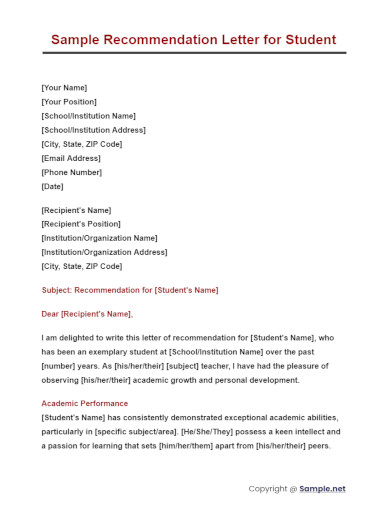
Sample Recommendation Letter for Student
download now -
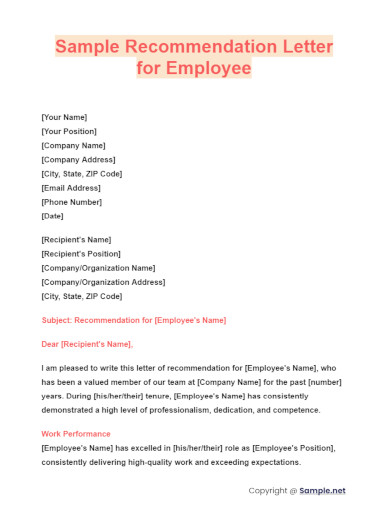
Sample Recommendation Letter for Employee
download now -
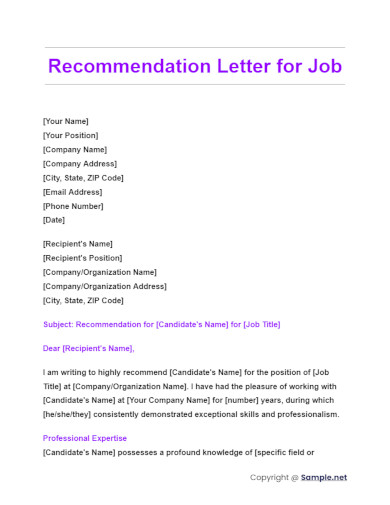
Recommendation Letter for Job
download now -
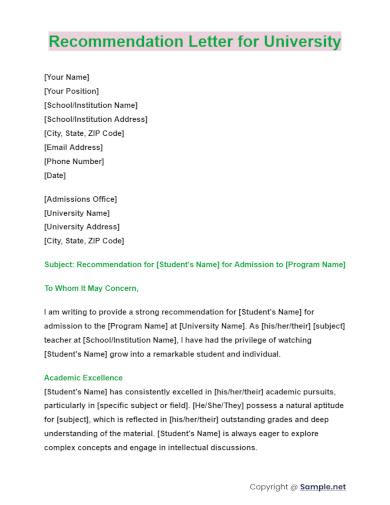
Recommendation Letter for University
download now -
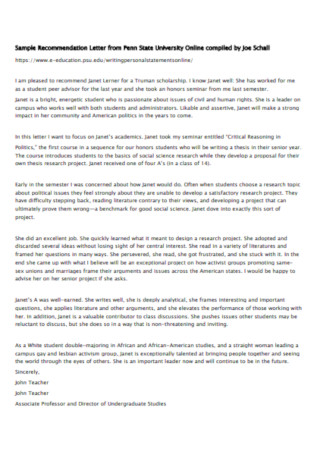
Sample Recommendation Letter from State University
download now -
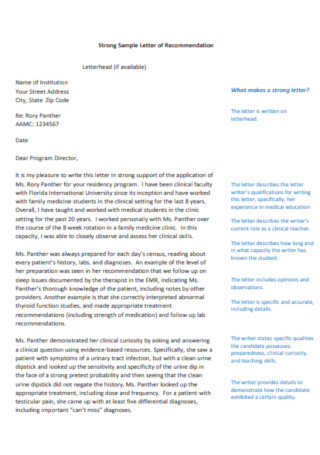
Sample Strong Letter of Recommendation
download now -
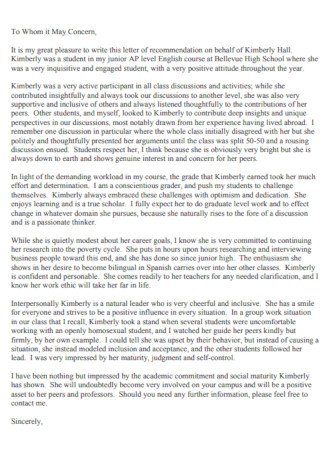
Sample Teacher Recommendation Letter
download now -
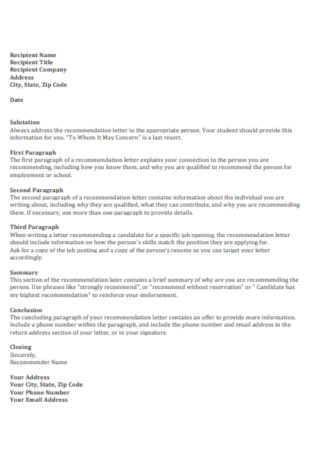
Sample Student Recommendation Letter Template
download now -
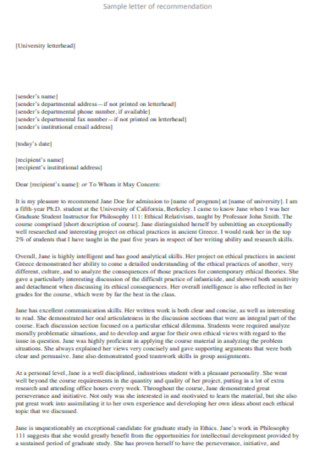
Sample Recommendation Letter for Graduate School
download now -
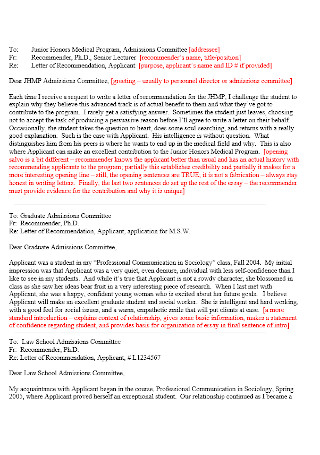
Simple Letter of Recommendation letter
download now -

College Recommendation Assignment Letter
download now -
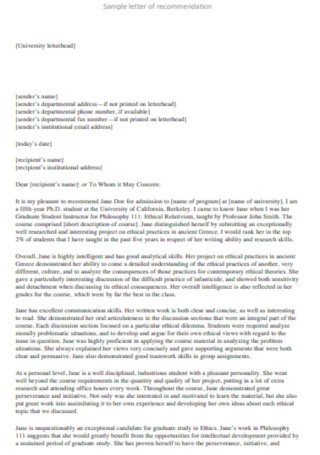
Sample Recommendation Letter for University Graduate School
download now -

Dietetic Internship Letter of Recommendation
-
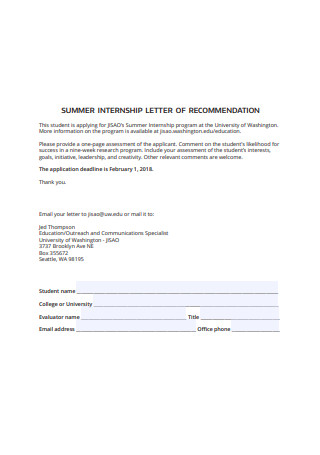
Summer Internship Letter of Recommendation
-
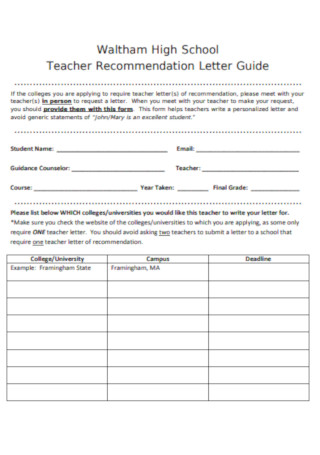
High School Teacher Recommendation Letter
download now -

Sample Foundation Recommendation Letter
download now -
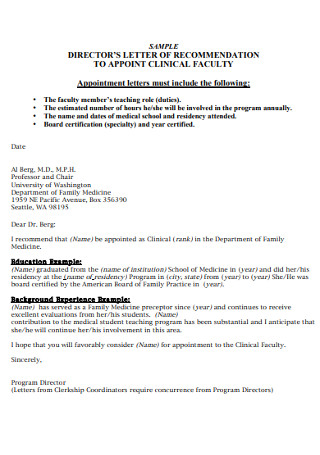
Sample Directors Recommendation Letter
download now -
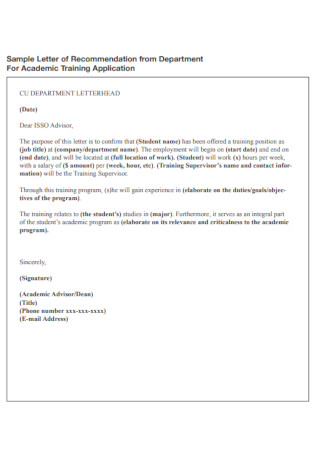
Sample Letter of Recommendation For Academic Training Application Template
download now -
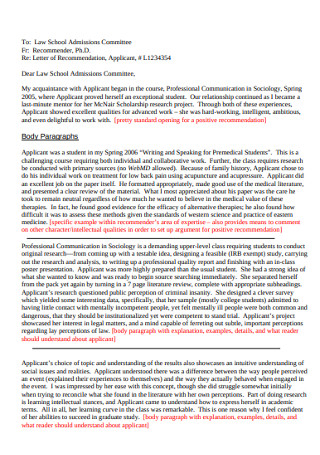
Law School Recommendation Letter
download now -

College Student Recommendation Letter Template
download now -
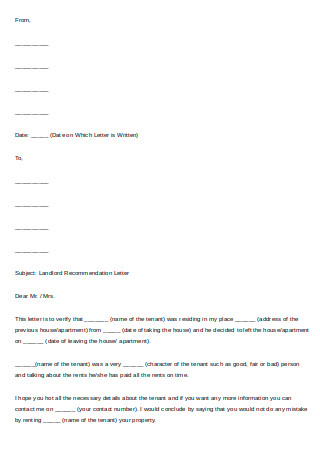
landlord Recommendation Letter Template
download now -

Confidential Letter of Recommendation
download now -
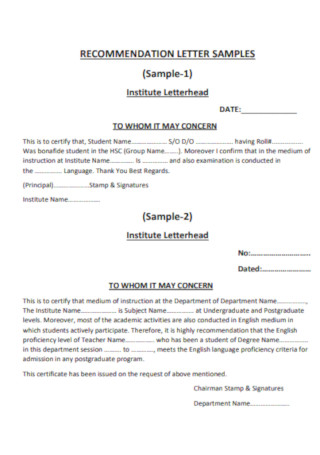
Institute Recommendation Letter
download now -
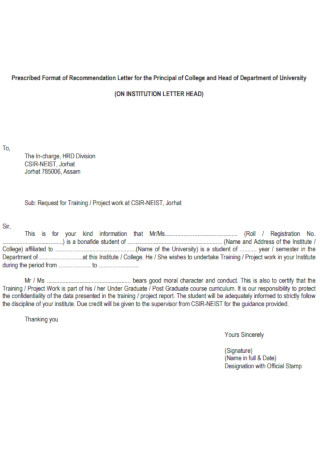
Recommendation Letter for the Principal
download now -
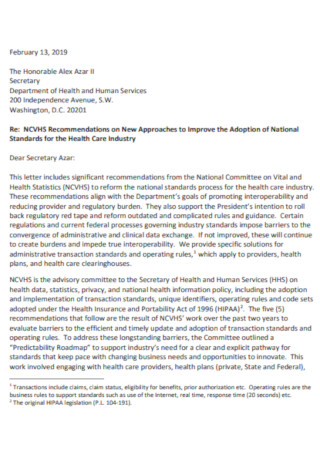
Recommendation Letter for the Health Care Industry
download now -

Letter-of-Recommendation for Employer
download now -
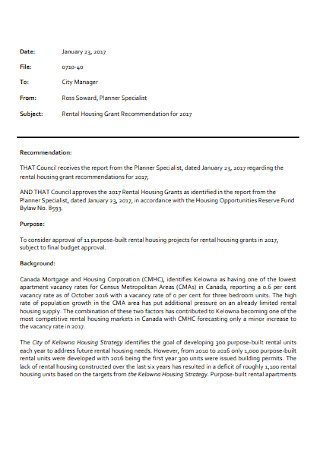
Rental Recommendation Letter Template
download now -

Pre-Health Recommendation Letter
download now -
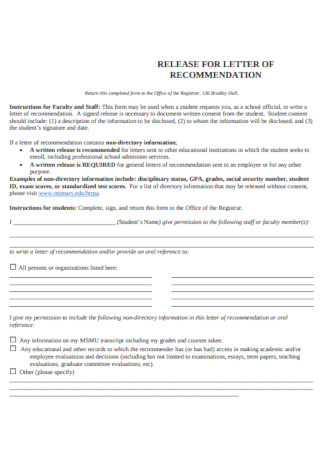
Sample Release for Recommendation Letter
download now -
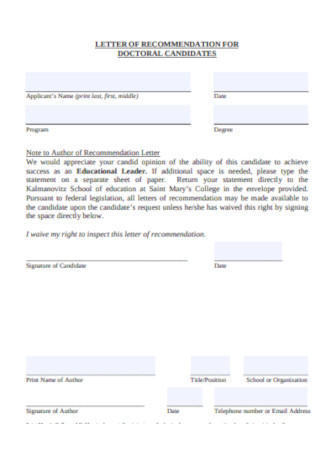
Recommendation Letter for Doctoral Candidates Template
download now -
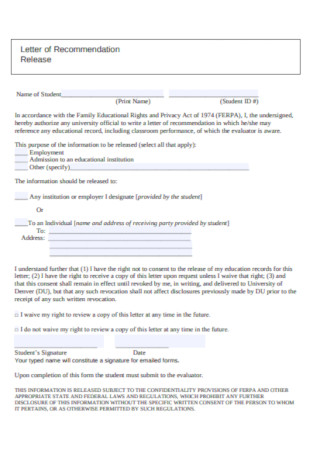
Basic Letter of Recommendation Release Template
download now -

Student Questionnaire for Senior Letter of Recommendation
download now -
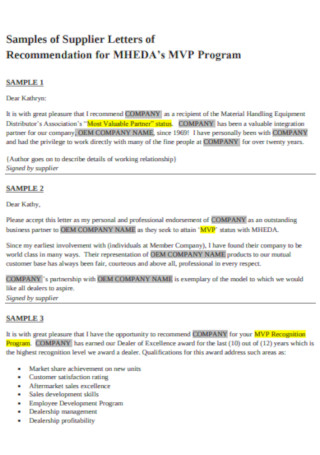
Samples of Supplier Letters of Recommendation
download now -
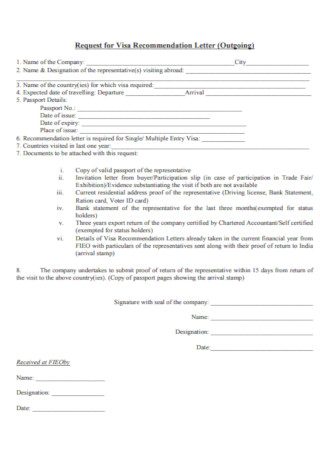
Request for Visa Recommendation Letter
download now -
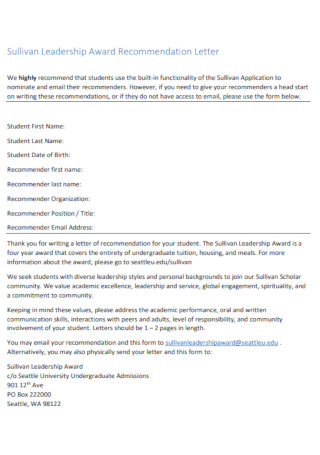
Leadership Award Recommendation Letter
download now -
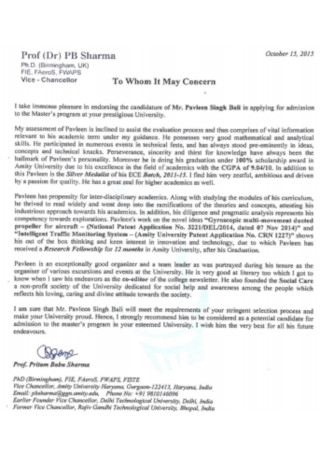
Letter of Recommendation from Vice Chancellor
download now -
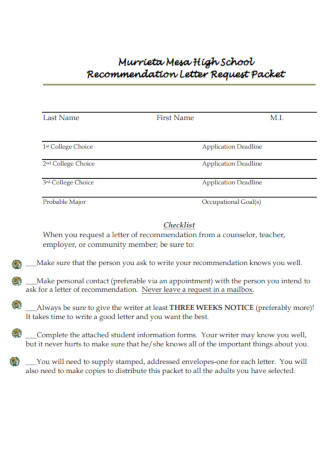
Recommendation Letter Request Packet
download now -
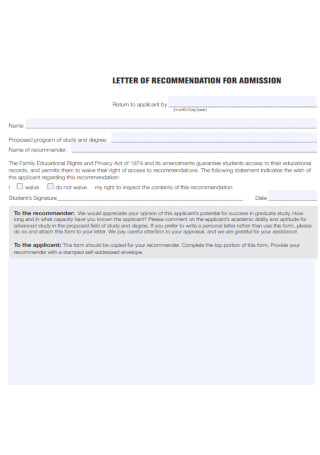
Recommendation Letter for Admission Template
download now -
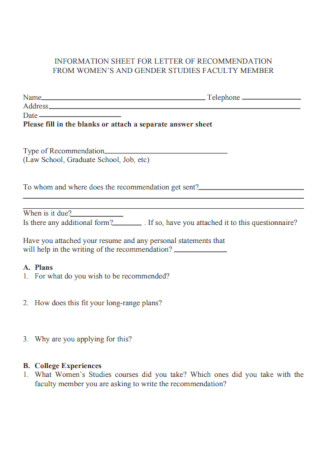
Sample Information Sheet for Letter of Recommendation
download now -

Student Information form Recommendation Letter
download now -
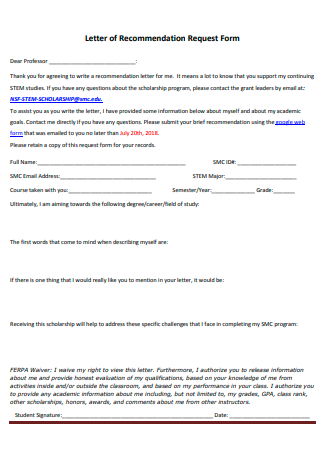
Recommendation Letter Request Form
download now -
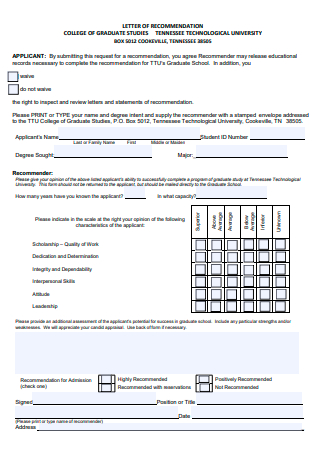
Printable Recommendation Letter
download now -
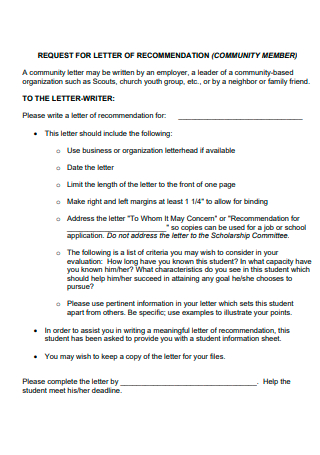
Community Member Recommendation Letter
download now -
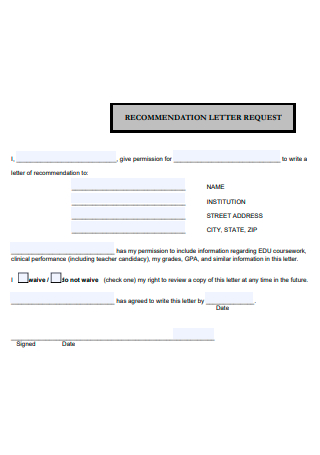
Recommendation Letter Request
download now -
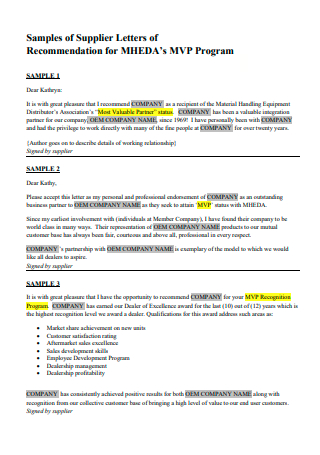
Supplier Letters Recommendation For Program
download now -
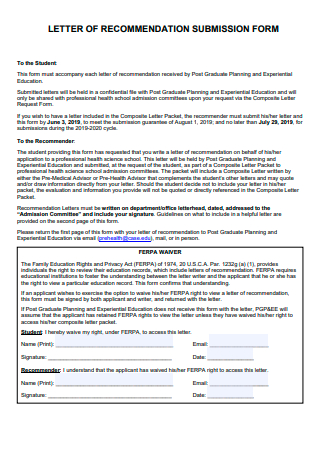
Recommendation Submission Form Letter
download now -
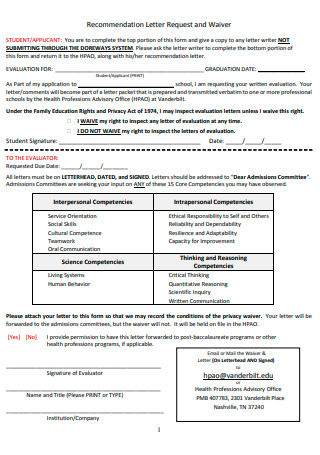
Recommendation Letter Request and Waiver
download now -

Personal Recommendation Letter.
download now -
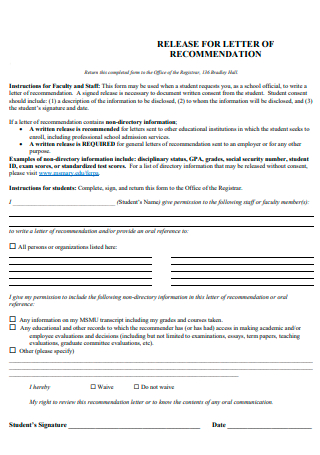
Release For Letter of Recommendation
download now -
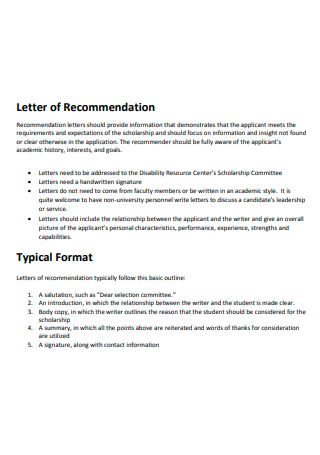
Recommendation Letter Format
download now -
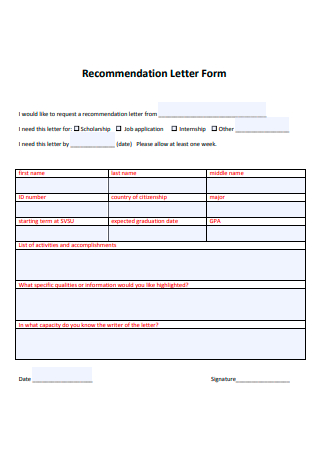
Recommendation Letter Form
download now -
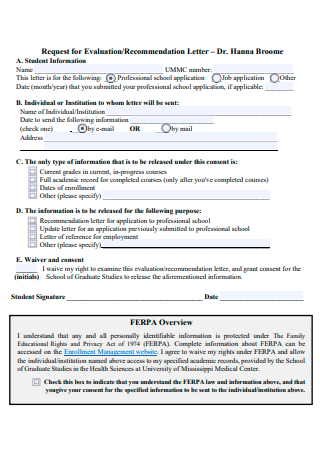
Request For Evaluation Recommendation Letter
download now -
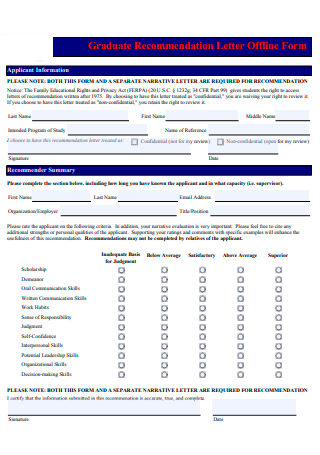
Graduate Recommendation Letter Offline Form
download now -
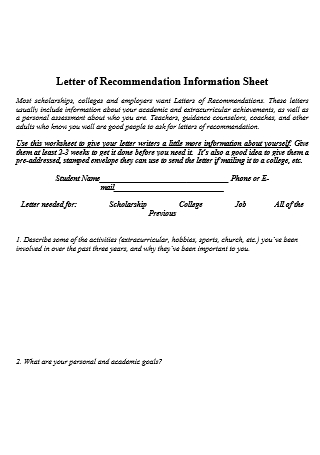
Recommendation Letter Information Sheet
download now -
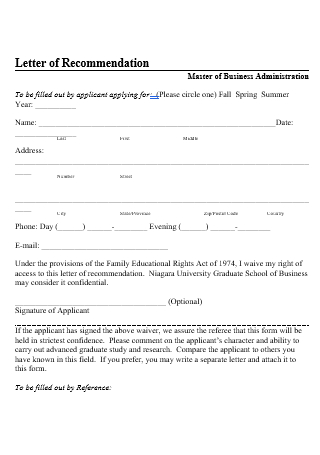
Recommendation Letter in DOC
download now
FREE Recommendation Letter s to Download
Recommendation Letter Format
Recommendation Letter Samples
What is Recommendation Letter?
Why Should You Consider Making Recommendation Letters?
What Is the Standard Recommendation Letter Format?
How to Write a Phenomenal Recommendation Letter
What are the benefits of a recommendation letter?
What are the two main divisions of recommendation letters?
What are the 5Ws and how in a recommendation letter?
What are the 6 details that should be included in a letter of recommendation?
What are the 5 parts of a recommendation letter?
What are 11 impactful words to use in a letter of recommendation?
What not to say in a letter of recommendation?
What are three important things to mention in a letter of recommendation?
How do I start off a recommendation letter?
How to end a recommendation letter?
What are useful phrases in recommendation letter?
What are three important things to mention in a letter of recommendation?
How do you stand out in a letter of recommendation?
What phrases to make a recommendation?
What are good phrases for a recommendation?
Download Recommendation Letter Bundle
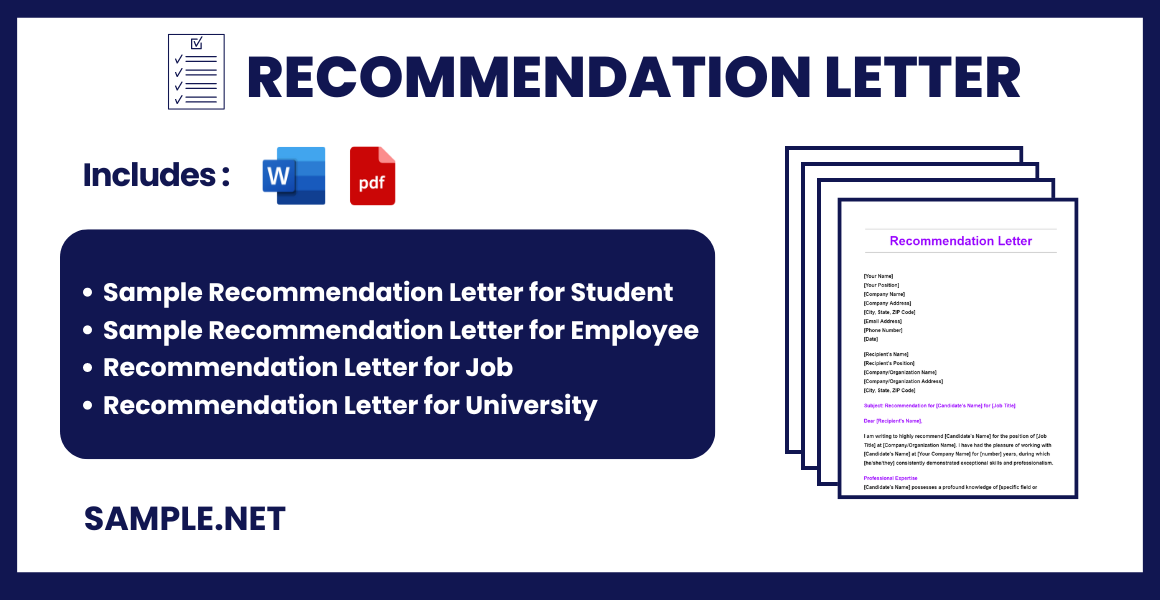
Recommendation Letter Format
[Your Name]
[Your Position]
[Your Company/Organization Name]
[Company/Organization Address]
[City, State, ZIP Code]
[Email Address]
[Phone Number]
[Date]
[Recipient’s Name]
[Recipient’s Position]
[Company/Organization Name]
[Company/Organization Address]
[City, State, ZIP Code]
Subject: Recommendation for [Name of Person]
Dear [Recipient’s Name],
I am writing to recommend [Name of Person] for [position/award/program]. Having worked with [Name] for [duration], I have witnessed [his/her/their] exceptional [qualities/skills].
Professional Relationship
Describe your professional relationship with the person.
Skills and Qualifications
Highlight the skills and qualifications that make the person a strong candidate.
Examples
Provide specific examples that showcase the person’s abilities and achievements.
Conclusion
Summarize your recommendation and express your confidence in the person’s suitability.
Sincerely,
[Your Name]
[Your Position]
What is Recommendation Letter?
A recommendation letter is a formal document written to vouch for someone’s skills, achievements, and character, typically for job applications, academic admissions, or other opportunities. It provides a personal endorsement from a credible source, highlighting the individual’s qualifications and potential. Recommendation letters are crucial in helping candidates stand out in competitive processes by offering a detailed and personalized evaluation of their abilities.
According to Statista’s 2018 research survey, 70% of Italian millennials confirmed that they know someone who landed a job due to a recommendation.
Why Should You Consider Making Recommendation Letters?
Making a professional letter of recommendation is important to serve the document’s main purpose—to support what you know about the applicant and prove to the addressee why you think that candidate has the skills, performance, or character to land the application. Hence, it is through these documents that the organization sees the potential skills and capabilities of whoever is being recommended. So as the writer of the letter, you are the current helping hand of the candidate so that person can secure a spot in the application process.
Also, did you know that 70% of Italian millennials verified that they know someone who got a job due to a recommendation? So if you are wondering if recommendation letters are effective, statistics says a lot. Making friends in the corporate world has its advantages. You not only become capable of recommending others but other people can recommend you to other organizations as well. However, you have to consider your recommendation letter’s content carefully because your reputation upon writing it is on the line too.
What Is the Standard Recommendation Letter Format?
Just like any form of business letter, expect a standard format for recommendation letters. And if it is your first time to make such a letter, it would be safe to follow its format to impress your addressee promptly. So without further ado, the standard recommendation letter format consists of the following components:
How to Write a Phenomenal Recommendation Letter
Now that you are aware of the basic recommendation letter format, it is time to get confident with how you write your letter. Rest assured, writing gets easier as you practice it from time to time. In fact, working on your recommendation letter comes off simple when you follow these helpful steps:
Step 1: Optimize a Recommendation Letter Template
Gone are the days you find letter writing to be time-consuming because sample recommendation letters are up for grabs, as listed above in this article. Premade templates save you from the hassle of making letters out of scratch. You may opt for professional or personal letters of recommendation and the best part is you can edit the design and format of each sample. And each sample is a reliable reference if you need help on how to write a letter of recommendation like a pro.
Step 2: Gather Significant Background Information
Prevent the universal faux pas of writing recommendation letters with unverified background statements. An example is when you write the candidate’s job history. How sure are you that every job position and year listed in there is accurate? Hence, you need reliable documents for proof such as a resume, verification of employment letter, graduation certificate, and other forms. The key here is to ask yourself how much you really know your candidate. Do your investigation and research to prevent believing in some candidates’ lies that could damage your reputation for recommending them in the first place.
Step 3: Follow the Basic Recommendation Letter Format
Can you recall the discussion about the standard letter of recommendation format? Be sure to follow that by starting with the date and ending with the signature block. And from the background information collected earlier, take only the important bits on what to add in the recommendation letter. Although a detailed letter makes a recommendation letter good, it doesn’t make it any better if unnecessary data were included there. Stick to what’s relevant and vital only.
Step 4: Don’t Lose Your Purpose
Some people who write too much could get lost with their purpose in writing. So put it in your head that there are three main statements of purpose behind making a recommendation letter. These are: (1) your relationship with the candidates being recommended, (2) observations or evaluations regarding their performance, and (3) reasons why such candidates deserve their desired positions. If you think your letter lacks these three factors, then you need to edit your work again.
Step 5: Take Proofreading and Editing as a Responsibility
Unleash your inner critic by proofreading and editing your work. You might get cocky that you wrote such a well-written letter yet when you read it aloud again, errors could be noticed. And it’s alright to err because there is always room for improvements after a thorough evaluation of your recommendation letter. Lastly, value integrity because you must be a responsible person as well by only mentioning the facts about the candidate you recommended. So only submit the letter to the addressee if you’re sure it’s excellently made.
What are the benefits of a recommendation letter?
A recommendation letter has many advantages including how it can present facts not often found in a basic job letter of application. And that happens when the person who wrote the letter has found something interesting about the candidate with potential. Also, being recommended boosts the chance of the applicant to nab her/his/their desired position, especially if the one who recommended is a well-respected person. Lastly, the letter explains how the candidate brings value to an organization; hence, that’s how that person got the recommendation.
What are the two main divisions of recommendation letters?
Recommendation letters are divided into two main categories. These are according to the candidate’s hard and soft skills. Hard skills refer to the candidate’s technical capabilities or measurable skills. And it is often used in a professional reference letter. Meanwhile, soft skills are focused more on the behavior and character of a person. And it applies mostly to a character reference letter.
What are the 5Ws and how in a recommendation letter?
According to The Balance Careers, the important questions to answer or the 5Ws and how in recommendation letters are:
- Who are you writing for?
- Why should you recommend that candidate?
- Where and when have you worked with whoever you recommended?
- What is special about this candidate?
- How did this person display impressive qualities to you? You may also see Registered Nurse (RN) Letter of Recommendation
What are the 6 details that should be included in a letter of recommendation?
Including key details in a letter of recommendation ensures it is comprehensive and effective. Here are the six essential details:
- Introduction: Begin with a clear statement of who you are, your relationship to the candidate, and the context in which you know them.
- Qualifications: Highlight the candidate’s qualifications, skills, and experiences that make them suitable for the position or opportunity.
- Specific Examples: Provide specific examples of the candidate’s achievements and contributions to illustrate their abilities.
- Personal Qualities: Describe the candidate’s personal qualities, such as their work ethic, integrity, and interpersonal skills.
- Endorsement: Clearly state your endorsement and why you believe the candidate is an excellent choice.
- Contact Information: Offer your contact information for any follow-up questions or additional information.
These details ensure a well-rounded and impactful Teacher Recommendation Letter.
What are the 5 parts of a recommendation letter?
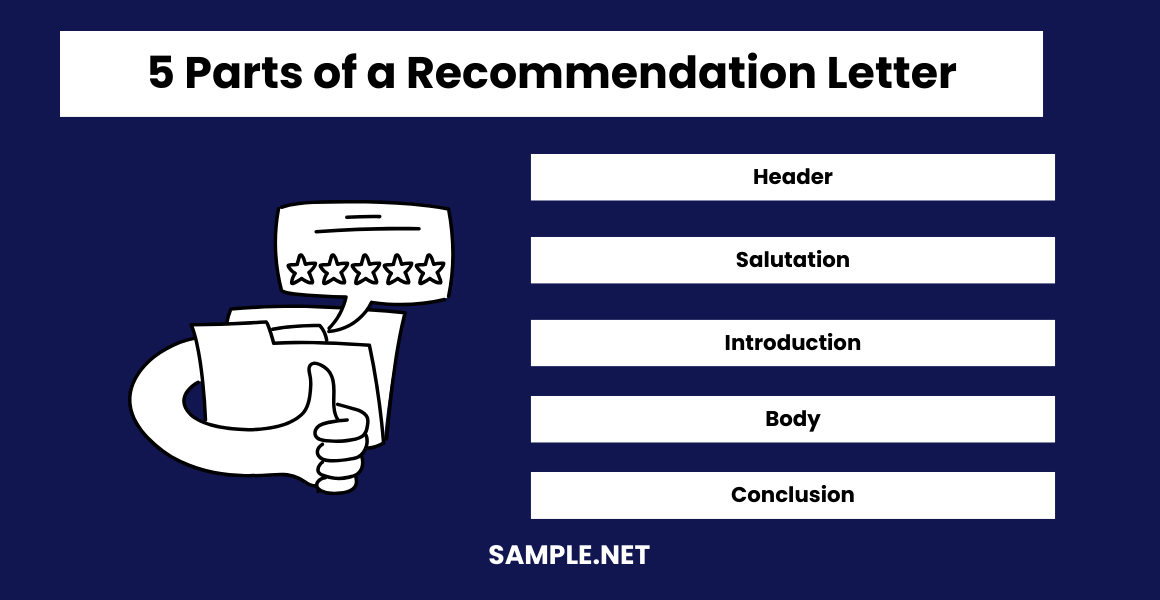
A well-structured recommendation letter includes five main parts to convey a strong and clear message. Here they are:
- Header: Include your contact information, the date, and the recipient’s contact information.
- Salutation: Address the recipient formally, such as “Dear [Name],”.
- Introduction: Explain who you are, your relationship with the candidate, and the purpose of the letter.
- Body: Provide detailed examples of the candidate’s skills, experiences, and personal qualities. Highlight specific instances where they excelled.
- Conclusion: Summarize your recommendation, express confidence in the candidate’s abilities, and offer your contact details for further inquiries. You may also see Student Letter of Recommendation
This structure is essential for a Law School Letter of Recommendation.
What are 11 impactful words to use in a letter of recommendation?
Using impactful words can significantly enhance the effectiveness of a recommendation letter. Here are 11 powerful words:
- Innovative: Highlights creativity and ability to think outside the box.
- Diligent: Emphasizes hard work and dedication.
- Proactive: Indicates initiative and ability to take charge.
- Leadership: Showcases ability to lead and inspire others.
- Dependable: Conveys reliability and trustworthiness.
- Analytical: Highlights problem-solving and critical thinking skills.
- Collaborative: Shows teamwork and ability to work well with others.
- Exceptional: Indicates outstanding performance.
- Resourceful: Demonstrates ability to overcome challenges.
- Articulate: Emphasizes clear and effective communication skills.
- Adaptable: Indicates flexibility and ability to handle change. You may also see Job Letter of Recommendation
These words can be particularly effective in an Internship Letter of Recommendation.
What not to say in a letter of recommendation?
Avoiding certain phrases and content in a recommendation letter is crucial to maintain its effectiveness. Here are five things to avoid:
- Vague Language: Avoid generic phrases like “nice person” or “hard worker”. Be specific.
- Negative Comments: Do not mention any weaknesses or negative traits.
- Irrelevant Information: Stick to the skills and experiences relevant to the position.
- Personal Bias: Avoid showing favoritism or subjective opinions.
- Exaggerations: Keep your statements honest and accurate without overstating the candidate’s abilities. You may also see Explanatory Letter
Following these guidelines is important for a Scholarship Letter of Recommendation.
What are three important things to mention in a letter of recommendation?
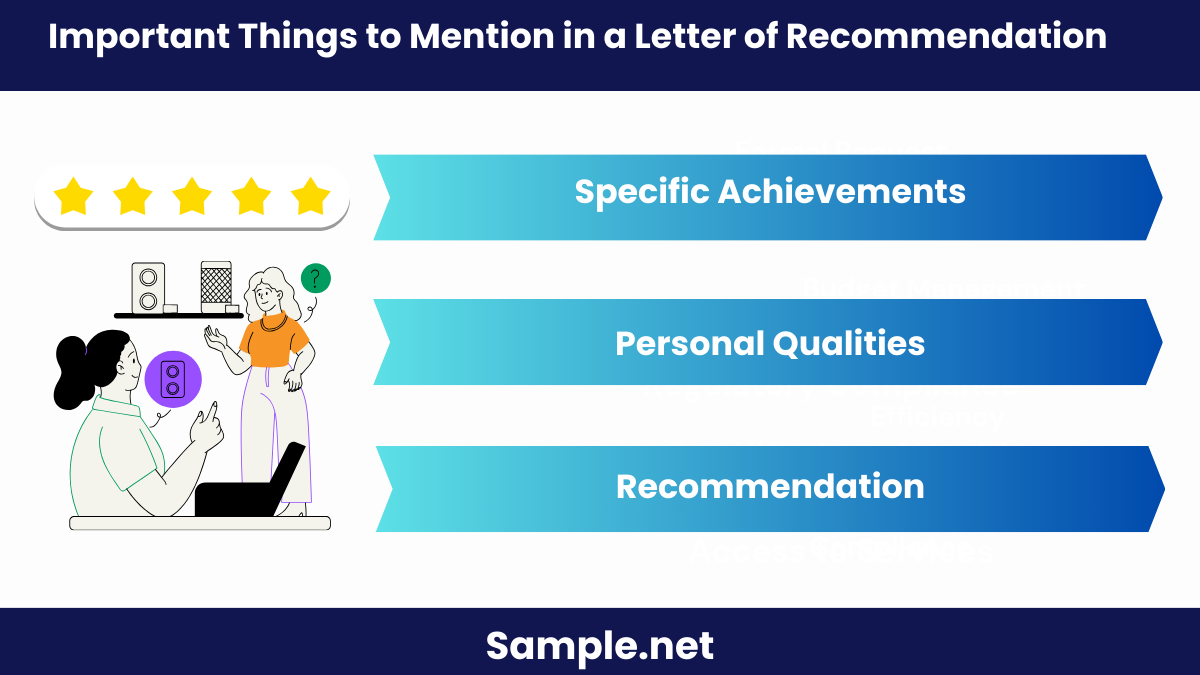
Including these three critical elements in a recommendation letter can greatly enhance its impact:
- Specific Achievements: Highlight the candidate’s notable achievements and how they contributed to their previous roles.
- Personal Qualities: Mention the candidate’s personal attributes that make them a good fit for the opportunity.
- Recommendation: Clearly state your recommendation and confidence in the candidate’s potential.
These elements are essential for writing an effective Thank You Letter for Recommendation.
How do I start off a recommendation letter?
Begin a recommendation letter with a formal salutation and an introduction, explaining your relationship to the candidate and the purpose of the letter, similar to starting a Medical School Letter of Recommendation.
How to end a recommendation letter?
End a recommendation letter by summarizing your endorsement, offering your contact information for further questions, and using a professional closing, similar to ending an Internship Recommendation Letter.
What are useful phrases in recommendation letter?
Useful phrases include “highly recommend,” “strong work ethic,” “exceptional skills,” “demonstrates leadership,” and “proven track record,” enhancing the credibility of a College Letter of Recommendation.
What are three important things to mention in a letter of recommendation?
Mention the candidate’s specific achievements, personal qualities, and your confident endorsement, ensuring a comprehensive and impactful Fraternity Letter of Recommendation.
How do you stand out in a letter of recommendation?
To stand out, provide specific examples of the candidate’s accomplishments, highlight unique skills, and use strong, positive language, making your Letter of Recommendation for Graduate School memorable.
What phrases to make a recommendation?
Phrases like “I wholeheartedly recommend,” “without reservation,” “outstanding candidate,” “consistently exceeds expectations,” and “a valuable asset” are effective in a Paralegal Letter of Recommendation.
What are good phrases for a recommendation?
Good phrases include “exemplary performance,” “natural leader,” “dedicated professional,” “consistently reliable,” and “highly respected by peers,” enhancing the impact of a Physician Assistant Letter of Recommendation.
In conclusion, a well-crafted recommendation letter can significantly impact a candidate’s chances of success. This article has provided a comprehensive guide on how to write effective recommendation letters, including Sample Letter, forms, and practical uses. Whether you’re endorsing a colleague, student, or friend, following these guidelines will help you create a persuasive and impactful letter. Remember, the quality of your recommendation can make a considerable difference in the recipient’s opportunities. For additional insights, consider exploring related documents like an Engagement Letter for more formal endorsements.
